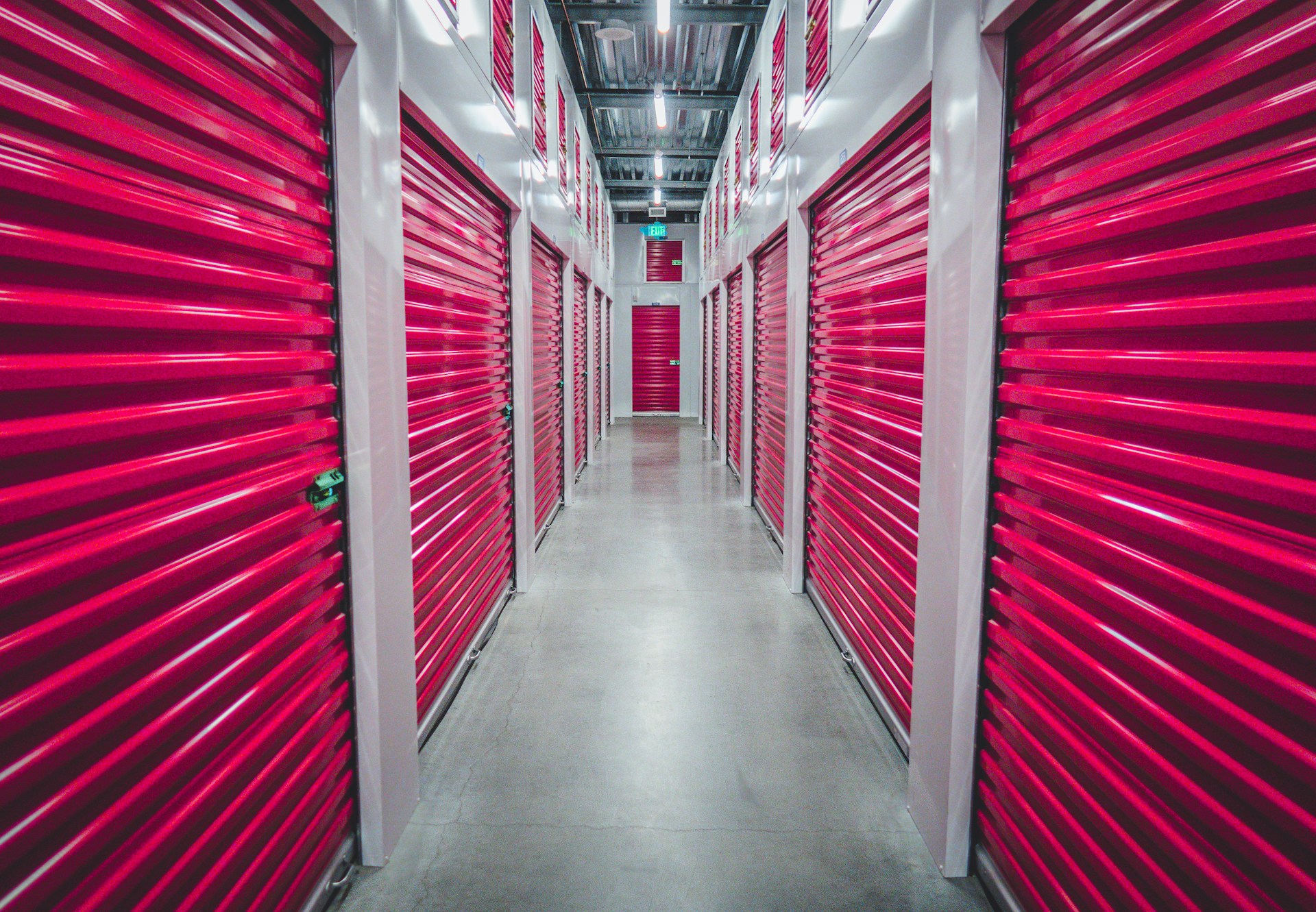
Real Estate Acronyms — Their Meanings Decoded
In my preview post, I gave you a list of some of the most common acronyms used in real estate. Not a complete list, of course, but a good start to decode the secret jargon of our industry.
And as I professed then, mastering this lingo and using these terms correctly not only facilitates communication but also demonstrates expertise and insider knowledge.
Now that we have a representative list, let’s look at the meaning of some of these terms.









